Everyone should build an emergency food supply to ensure the safety and security of their family. A well-planned emergency food supply allows you to provide delicious food with the best caloric and nutritional values for your family in the event of a natural or man-made disaster.
In this article, you’ll learn the pros and cons of various food preservation methods, how to avoid common mistakes when planning an emergency food supply, and how to make the most of your budget without sacrificing quality, taste, or shelf life.
I also cover the pros and cons of some of the major emergency food suppliers for medium- to long-term food storage needs. Links to reviews of specific brands and products offer more details so you can make informed purchasing decisions.
Table of Contents
Important Factors To Consider
Ingredients
Read ingredients lists carefully. Many dehydrated foods, particularly soup and stew mixes, contain a lot of salt and fillers. Wheat is a common ingredient, even if just a thickener. Do not assume something labeled as beef or chicken has any meat in it. What it usually contains is meat bouillon or another flavoring agent. Dried foods with real meat are always more expensive than those without, so if the price seems too good to be true, chances are there’s no meat.
Calculate the Shelf Life vs. Cost
It’s important to be practical about shelf life. Over the years, I’ve seen many people fixate on shelf life when planning an emergency food supply. The truth is that you can spend far more than you should if you think everything must have a 25−35-year shelf life to be worth including.
It’s better to consider your emergency food stash in tiers. For example,
Short-term Emergency Food
Shelf life 1–2 years
Medium-term Emergency Foods
3–5 years
Long-term Emergency Foods
5–10 years
TEOTWAWKI Emergency Foods
10–25+
The reality is that most emergencies the average person in the USA faces are short-term natural or man-made disasters.Hurricanes and industrial accidents are two examples. You can put back more food by spending wisely on foods with a range of shelf-life dates. Buy some cans of Keystone canned beef for your short- to medium-term food stash, for example. They’re a steal at under $7 per can compared with freeze-dried beef with a 25-year shelf life.
Freeze-Dried Food
Pros
- 25-year shelf life
- High quality
- Great for specialized diets
- Easy to prepare
- Preserves nutrients well
Cons
- Most expensive emergency food
Freeze drying food at home is possible.
You can buy a small freeze dryer to freeze dry food at home. Currently, only one major brand makes them for home users. Harvest Right Freeze Dryers come in three sizes. For more information on freeze-drying at home, check out my article.
MREs
Pros
- Complete meal
- Variety of entree choices
- Kosher and vegetarian options available
Cons
- High sodium
- Significant paper and plastic waste
- Limited options for specialized diets
The MRE is a popular prepper food. For those new to emergency food, MRE stands for Meal Ready to Eat. These were originally designed for the military as meals that can be consumed quickly out in the field without any preparation. MRE heaters allow them to be warmed up without fire. Heaters are typically purchased separately. All MREs are safe to eat cold, but they aren’t going to give the comfort of a hot meal.
MRE Options
Military-style MREs
A common misconception is that a single MRE contains a full day’s calories for the average male under a moderate level of physical activity. This is not true. The average military-style MRE contains 1200–1400 calories. That means that 2–3 MREs per day are needed to meet caloric needs and maintain physical condition. Military-style MREs are usually packaged in thick brown plastic and contain cutlery, napkins, chewing gum, and other extras.
Common Brands: Warfighter, MRE Star
Civilian MREs
There’s a huge difference between MREs for casual campers and hikers and those made to military specs. The calorie count of many of these is very low despite the cost being almost as much as a brand like Warfighter. MRE Star makes both types of MRE. The low-calorie options come in colorful packaging and are smaller. I taste-tested one and was shocked that it contained just over 500 calories. I do not recommend this style of MRE for an emergency food supply due to their low calorie count and poor overall value.
Common Brands: MRE Star
Dehydrated Foods
Food companies like Augason Farms sell dehydrated foods in #10 cans and sealed buckets. The shelf life is 20–25 years if stored appropriately. Heat, moisture, and excessive sunlight decrease the shelf life of any dried foods.
Repackaging and Storing Food
Most people repackage beans, rice, flour, and other bulk foods to lengthen their shelf life. There are multiple ways to do this. Those serious about food storage use a variety of methods depending on the food and how long they want to store it.
Mylar Bags and Oxygen Absorbers

Bags come in a variety of thicknesses; thus, the cost can vary. Thicker bags are better for very long-term storage or for foods that are more likely to puncture the plastic bag. Oxygen and moisture absorbers are typically added to each bag to prevent spoilage.
You can purchase mylar bags with a zipper-style seal to easily reseal the bags after opening. This helps keep food fresher longer, allowing more time to consume it. It also eliminates the need for clips to keep bags closed after opening.
Vacuum Sealing
A good vacuum sealer is essential for anyone serious about repackaging foods forlonger shelf life. Costs vary a lot. Lower-end models are frustrating to use because they take longer to vacuum and seal and require your hands to stay on the machine throughout the process. Bags also vary in cost and thickness. Here are my recommendations for vacuum sealers and bags based on my 14 years of experience:
Choose a quality vacuum sealer bag for best storage results.
Pack Fresh USA bags are 100% made in the USA and thicker than many commonly available bags. Order bulk packs in various sizes to save money.
Vacuum sealers can be used for dry canning.
You can use a vacuum sealer to seal foods in standard or wide-mouth mason jars. This typically requires an add-on kit for your vacuum sealer, but the cost is very reasonable.

Consult With Survival Pros
For Those Serious About Their Family's Life-Assurance Plan (and Not Just Life Insurance)
Learn MoreHot Water Bath and Pressure Canning
Canning has long been the go-to practice for short- to medium-term food storage. Home-canned goods last 1−5 years as long as the seal doesn’t go bad. While canning has a place in emergency food supply, there are some definite disadvantages.
Pros
- Easy to learn
- Makes foods shelf stable without refrigeration
- Reusable jars
- Safe as long as you follow directions and never leave your canner unattended
- Easy to see what you have on hand
- Jars are rodent proof
Cons
- Lids can become hard to find. During the COVID-19 pandemic, people were scouring stores region-wide looking for lids. Most lids are designed to be used only once. The cost and lack of availability can be problematic. Tattler lids are reusable but cost more.
- Jars are fragile and require a lot of storage space. Canned foods contain a lot of moisture, so you're typically storing a lot of water.
- Canning requires a heat source for preparing foods and operating a hot water bath or pressure canner. Pressure canners should not be used on large propane burners or over fires. During a long-term emergency, without electricity or propane, pressure canning is not realistic.
- Canning takes a lot of work. Meat, for example, must be pressure canned for 55–90 minutes in most cases. This does not include preparing the food, cleaning the jars, or bringing the canner to pressure.
If you want to can foods, carefully consider what’s worth canning since it can be time consuming. Salsas and tomato sauces that can be hot water bath canned are usually worth it. However, a lot of people like to can foods like green beans. While green beans are delicious, they have little caloric value and require pressure canning which takes a lot of energy. On our farm, we freeze our green beans and consider them part of our 1-year food supply.
Canning meat or your own stews for quick meals is another worthwhile canning project. Always make sure you follow proper canning guidelines so you know your food is safe to eat. The National Center For Home Food Preservation is an excellent online resource that shows you how to can any type of food.
Food Needs protection from rodents, moisture, and wild animals
Sealing food in mylar or vacuum seal bags is not enough. Bags can be punctured, spoiling the contents. Rodents and wild animals can be a threat to your food supply. If you’re storing food at your home, put your food bags in a clearly labeled plastic tote so you can easily find it when you need it.
Stashing food at remote bug-out locations requires even more precautions. Unoccupied buildings are vulnerable to break-ins from people and wildlife. Some preppers go as far as having a hidden metal shipping container secured with pick-proof locks. If there are a lot of bears in the area, do not underestimate their break-in skills when they’re hungry.
If you’re hungry enough, you’ll eat foods you normally wouldn’t. People who haven’t experienced extreme hunger can have a hard time understanding this concept.
A lot of prepper’s advise “putting back food you’ll eat.” Although there’s wisdom in that statement, plenty of us don’t eat beans and rice very often, but we store enough of those foods to survive for an extended period.
Make sure to add a good multi vitamin to your stash.
Although multivitamins are not technically a food, I think they should be included in any food supply to eliminate the risk of nutritional deficiencies. It’s possible to plan your food supply to minimize the risk of deficiencies, but over time, your supply may diminish enough that some nutrients are missing. For women of childbearing age, a good supply of vitamins can make the difference between a healthy pregnancy and child and life-threatening complications.
Don’t forget electrolyte drink mixes.
Drinking plenty of water is important, but so is replacing electrolytes. Drink mixes also help mask any off-flavors or odors from water that has been treated or filtered. Just because water is safe to drink after filtering or treating with chemicals doesn’t mean it has the flavor or odor you’re used to.
Many emergency foods contain a lot of sodium that can make you thirstier than normal. A little flavor also encourages you to drink more water and avoid dehydration. During an emergency, you may have to exert yourself more. If you’re not in the habit of drinking a lot of water, it’s all too easy to get dehydrated.
Build an Emergency Food Supply $10 at a Time
During these uncertain times, you may be experiencing some financial stress. Despite this, you can build an emergency food supply faster than you realize. Here’s a list of items you can buy right now for less than $10. Next time you’re shopping and have a little extra, throw one or two of these items in your cart. Small steps add up!
- Flour
- Rice
- Tea
- Canned meat (ham has the longest shelf life)
- Peanut butter
- Pasta
- Canned juice
- Oats
- Cornmeal
- Corn grits
- Sugar
- Coffee
- Mashed potatoes
- Canned vegetables
- Cooking oil
Hardtack is a survival food ration that can be made using flour, salt, and water.
It will keep you alive but lacks a lot of nutrients. People have found hardtack that's over 160 years old that was still edible−—even if it tasted terrible.
Beware Misleading Labels
Emergency survival food kits sometimes say they supply so many days’ worth of calories. You should never assume this is correct. If a company says a bucket is a 30-day food supply at 1,500 calories per day and you believe them, you might find yourself pretty hungry eventually. A 1-day supply of food for an adult should be at least 2,000 calories.
Calculate Total Calories Needed
A good rule is to plan for 2,500 calories per adult and 2,000 for children. This provides extra calories for growing kids and active adults. If you consume less, your food supply will last longer, which isn’t a bad thing. You may be exerting yourself more during an emergency or trying to maintain your core body temperature without a heat source, both of which burns more calories than usual.
Pregnant and Breastfeeding Women
If any family members are of childbearing age, consider their extra caloric needs. During a typical single birth pregnancy, doctors recommend an extra 300 calories per day. Breastfeeding requires even more calories. Plan on an extra 500 calories per day for the duration of breastfeeding.
With care, you can store a lot of emergency food in a small space.
One problem with building an emergency food supply is storing it all. With proper planning and maybe a little rearranging, you’ll be surprised how much food you can fit in a closet or under a bed. Here are some suggestions for small spaces.
- Freeze-dried and dehydrated foods take up less space. They are also lighter weight, so if you move, it’s a lot easier to take your emergency food supply with you. You might pay more money for freeze-dried and dehydrated, but the space savings and convenience are worth it.
- Look for unused space. A small area could be enough to stash a week’s worth of food in a small plastic tote. No rule says your emergency food supply has to all be in one space. An extra shelf in a hall closet is another good example. Do you have space on top of cabinets? What is stored under beds?
Pemmican is an easy-to-make survival food for long-term emergency food supplies.
The combination of dried meat, fat, fruit, and salt provides a lot of what your body needs to keep going.
Sample Small Space Emergency Food Supplies
If you need a quick emergency food supply without major planning, consider Augason Farms buckets. I’ve taste-tested this brand and found the taste decent and the caloric content a good value.
Augason Farms 72-hr Emergency Food Bucket

These buckets are low profile, so you can store them practically anywhere. They’re made to stack too, so you can make the most use of your vertical space. Like many emergency foods with a long shelf life, the sodium content is a bit high but not as bad as some everyday convenience foods.
The calories per day allotment is good. The 72-hr kit allows for 2,677 calories per day. At 2,000 calories per day, you could easily make this bucket last 4 days.

Exclusive Survival Gear Deals
Access survival equipment we’ve fully tested so we can recommend it to you.
Popular Emergency Food Companies
Legacy Food Storage
- Gluten-free, vegetarian, and dairy-free options are available
- High-quality freeze-dried food
- Fantastic variety of buckets that can be mixed and matched for customized dietary plans
- Discounts for larger amounts
Legacy Food Storage Premium 240 Serving Kit
$650
atLegacy Food Storage
Mountain House

- Excellent reputation for taste and quality
- More expensive than many emergency brands
- Fewer options for specialized diets
- Variety of entrees and mixed entrees available
- Contains more meat than less expensive brands
- Lightweight; great for backpacking or bugging out
Valley Food Storage

- Freeze-dried and dehydrated
- Higher price point
- Availability can be sporadic
- Fewer choices than in the past (Valley has had pandemic-related supply chain issues.)
- Good flavor
Ready Wise
- Freeze-dried and dehydrated
- Prices vary greatly; often on sale
- Specialized diet options, such as gluten-free
- Mixed reviews on flavor; some say there are too many fillers and carbs
Nutrient Survival

- Very high quality
- Fantastic flavor
- Expensive
- Limited entree and snack options (likely to be expanded)
- Freeze-dried and dehydrated; all entrees freeze-dried
- Easy—just add boiling water
Rotation Schedule
Short- and medium-term foods must be rotated regularly. Forgetting to use and replace items in your emergency food supply is more common than you might think. This wastes time and money. There’s no perfect food-rotation system. Instead, consider what works best for you. Some super-organized people use spreadsheets to track their food inventory; others find that too difficult. Storage racks with older foods in front and newer foods in back is often the easiest system. Writing the best buy date with a Sharpie can also be helpful.
Faq
Storage space can be a major factor when it comes to an emergency food supply. However, even a small apartment can provide enough space to put back a few months' worth of food. A 2-4 month supply will get you through a lot of short- to medium-length emergencies. If you have space, a one-year food supply is preferable.
Plan 2,000–3,000 calories per day for teens and adults. Plan 1,500 minimum per day for toddlers and younger children. Kids grow fast, so planning 2,000 calories per day is not a bad idea for long-term emergency food stockpiles.
Emergency food takes a lot of processing to make it shelf-stable for long periods. Freeze-drying, for example, can take 1–2 days. The cost of packaging and shipping is also significant. The plus side is that freeze-dried foods only have to simmered in water or have boiling water added. This means that the consumer doesn't have to use a lot of resources to cook a meal.
Conclusion
An emergency food supply is easy to achieve with proper planning. Even those on a small budget can build up a large supply over time. Just $10 per major grocery trip will have you more prepared than the average person.
Plan your food stash based in tiers from short to very long shelf-life foods and rotate and replace foods before their best buy date. Avoid spending too much on foods with a longer shelf life than required for the most common emergencies.


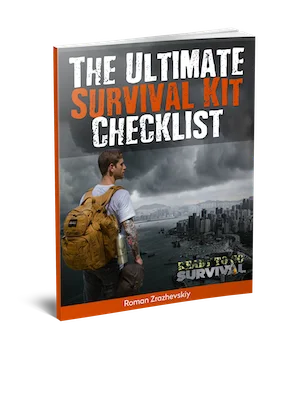










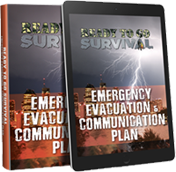
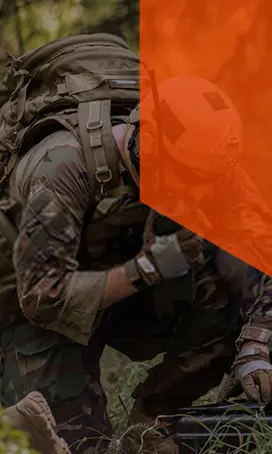


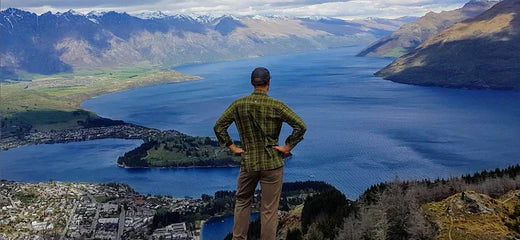
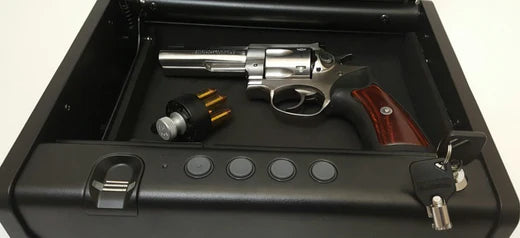
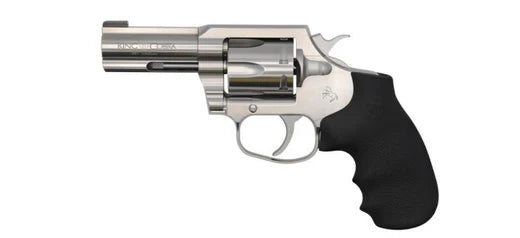

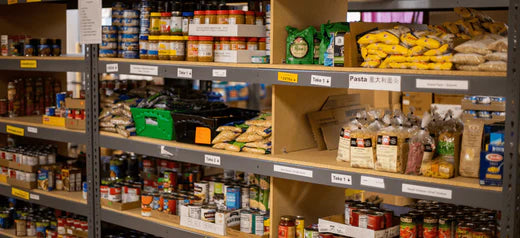
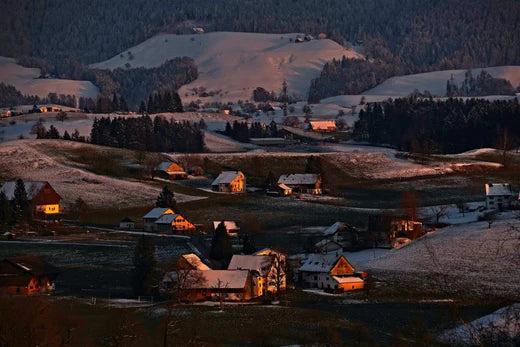
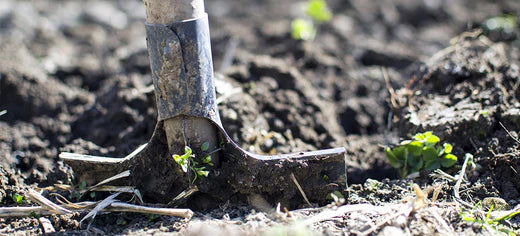
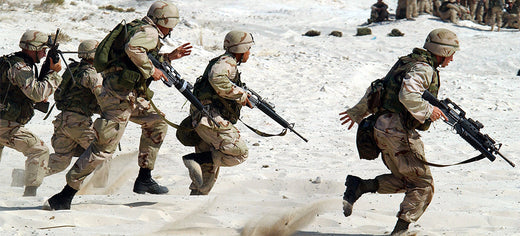
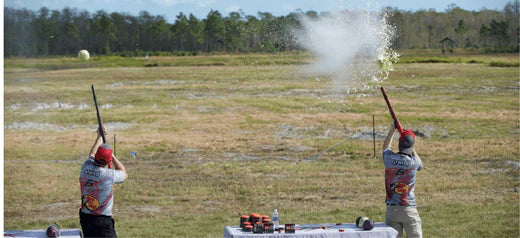
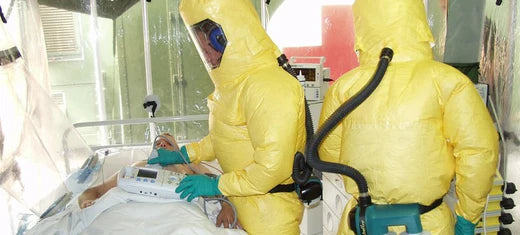
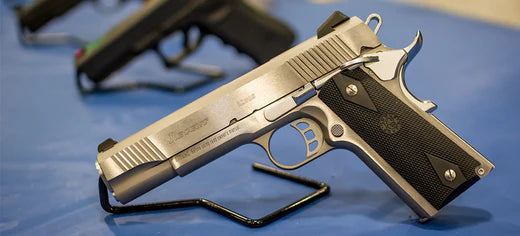
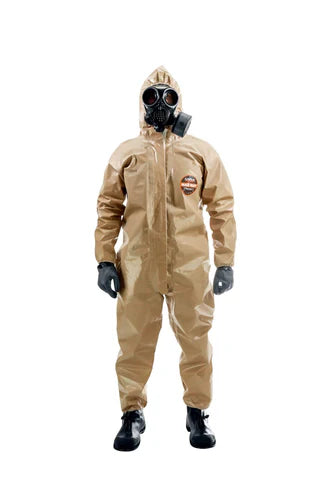
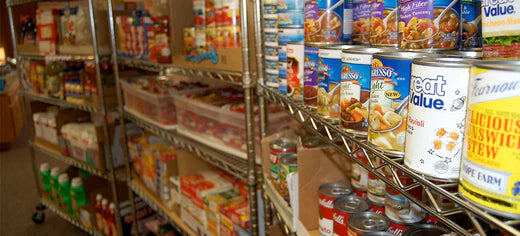
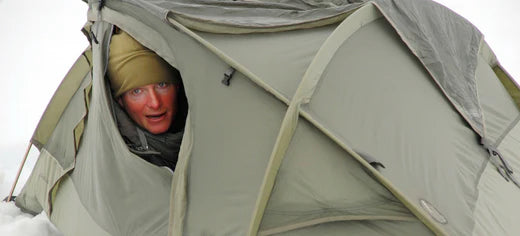
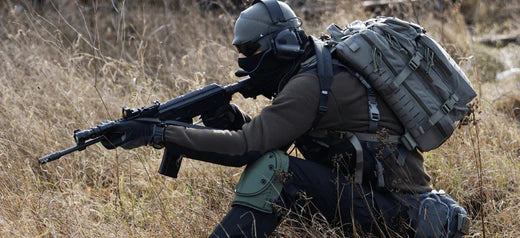


Leave a comment